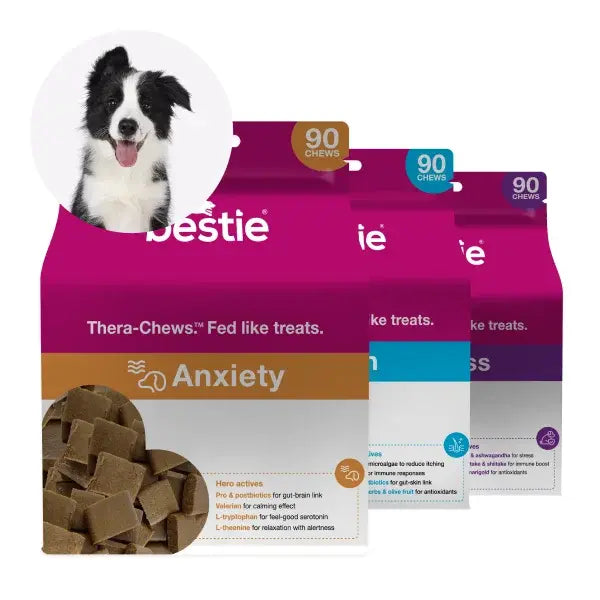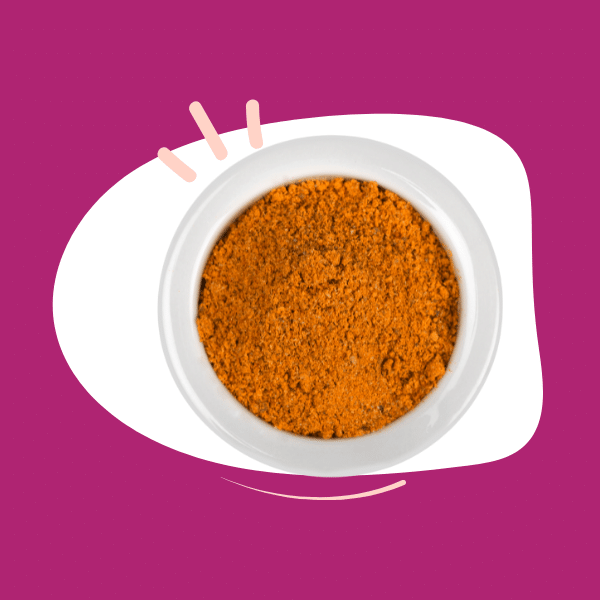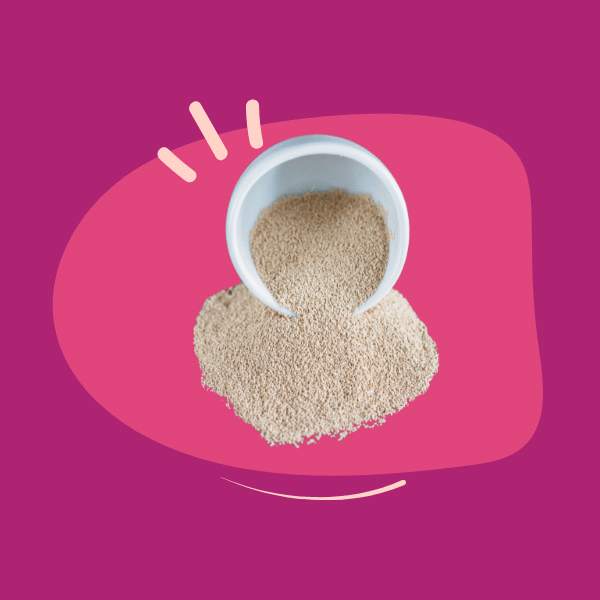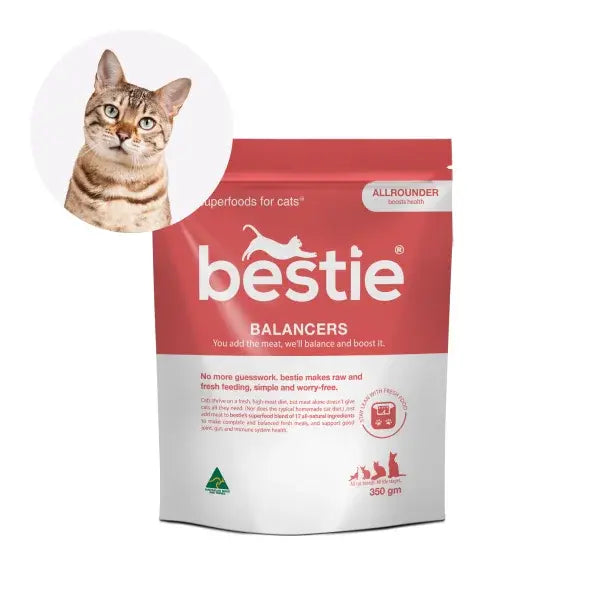Let me be blunt: obesity is currently one of the greatest health and welfare problems facing domestic cats around the world.
Multiple, recently published studies suggest that in developed countries, anywhere from 11.5% to 63% of pet cats are overweight or obese.
They’re overweight, just like us.
And it’s not something to be blasé about. The impact of obesity of being overweight on your cat’s health are significant. Obesity or even being moderately overweight, shortens a cat’s life; a 2.8-fold increase in mortality has been shown in obese cats (8-12 years old) compared to lean cats.
It also leads to disease. Obese cats develop an increased risk for:
- Cancer, diabetes mellitus, heart disease, and hypertension
- Osteoarthritis and a faster degeneration of affected joints
- Urinary bladder stones
Research currently underway in NZ suggests that after cats pass the age of 5, they’re less able to tolerate a high carb diet, and are prone to stack on the beef. And while de-sexing and staying indoors are good in many respects for both cats and owners, they are documented risk factors for obesity.
The human factor aka us
However, there’s another factor that’s important: and that’s us. It stands to reason, doesn’t it, after all, we are the ones feeding our cats; we are in control of the diet. But what do we know about the factors that may cause owners to overfeed their cats? Well, until research published in 2019, not a helluva lot. (In contrast, extensive research demonstrates that certain parental characteristics can increase the likelihood of excessive weight gain in their children.)
Researchers set out to determine if there are particular owner psychological factors that are strongly correlated with the development of overweight or obesity in cats. In other words, is there something about us, that makes cat fat…
They hypothesized that if owners weren’t very conscientiousness, had low self-control, liked immediate rewards, were very attached to the cat, and had indulgent or inconsistent feeding practices, then there’d be increased risk of feline obesity.
The researchers developed an online questionnaire with 27 questions or measures in eight parts, were designed to assess owner personality, self-control and attachment to their cat, feeding practices, cat health and body condition, and owner socio-demographics.
After analysing 6,835 responses from cat owners from 81 countries, they found that key factors about owners, diets and the cats themselves, increased the risk of being overweight, or obesity.
Of the owner-related risk factors, at the top of the list were:
- Personality (level of conscientiousness): Many past studies have suggested that, in people, conscientiousness is protective against obesity. Thisstudy confirmed that cat owners with low scores for conscientiousness are at increased risk of owning an overweight or obese cat. In people, high conscientiousness is associated with self-discipline, diligence and organized meal planning. It is possible that cat owners with these traits are more able to monitor and regulate their cat’s food intake, and less likely to feed their cat impulsively in response to begging.
- Preference for immediate vs. delayed reward: Higher conscientiousness has also been shown to correlate positively with lower impatience, which implies that stable personality traits may be strongly associated with another risk for factor for obesity or overweight in people: a preference for immediate, rather than delayed, gratification. This study also found owner preference for delayed reward to be associated with a decreased risk of feline obesity. A possible explanation for this is that the rewards of preventing feline obesity are likely to be a while coming. There may be a big gap between the time when obesity typically develops in cats (early life) and the period of time when owners may see the benefit of earlier restraint (absence of a particular disease, for example).
- Inconsistent feeding practices: Huh??? This was a surprise. It turns out that owners feeding a less consistent diet are at lower risk of owning an obese cat, and, cats fed the same food everyday were at increased risk of obesity. One reason may be that feeding a wide variety of different foods, may decrease boredom and begging, which may subsequently decrease owner temptation to overfeed their cat.
When it came to the diet itself, there are a couple of significant findings to point out.
- Dry food is a risk factor: Feeding dry food purchased from a supermarket was a risk factor for obesity, and not feeding any dry food was protective. The latter finding is consistent with several (though not all) previous studies that have demonstrated that feeding a dry diet (as either all of the diet, or as the majority of the diet) is a risk factor for obesity in cats.
- Raw was generally helpful: Specific types of raw feeding practices (but not all) were associated with a decreased risk of obesity in cats. Feeding human-grade raw meat or feeding raw bones was significantly protective, whereas feeding a raw commercial diet was not significant.
- Homemade was also positive: Feeding a home-prepared diet was also associated with a substantially decreased risk of obesity. (But make sure it’s balanced: see bestie Allrounder balancer, for cats.)
Finally, four cat-related risk factors were significant:
- Age: middle-aged cats (8–12 years) are at highest risk of obesity, when compared with very young cats and very elderly cats. This is not surprising given the results of previous studies, and confirms that a focus on early-life prevention of obesity is essential.
- Gender: consistent with previous studies desexing was a risk factor for obesity in both male and female cats, although it has other important benefits
-
Housing: cats that were housed either exclusively outdoors, or outdoors with restricted indoor access, were much less likely to be overweight or obese, when compared to cats housed indoors only or predominantly indoors. Why? Consider this:
- Outdoor cats are likely to find their environment more mentally stimulating, which may decrease begging and overeating due to boredom.
- Cats living in multi-cat homes may be prone to anxiety, and it’s well-established in other species that chronic social stress can lead to increased calorie intake and overweight-ness…
- Increased activity or exercise due to outdoor housing may also play a role in moderating appetite and increasing energy used.
- Source: cats bought from a registered breeder were at greatly decreased risk of being overweight…but the researchers noted the complexity of factors in this, and recommended further research
In summary, what can we conclude:
- Feed a good, fresh diet, and start that from an early age
- Mix it up, and rotate proteins
- Make sure your cat has controlled access to the outdoors (without going around killing local wildlife!)
- Stay the course – practice a little ‘delayed gratification’!
Wall M, Cave NJ and Vallee E (2019) Owner and Cat-Related Risk Factors for Feline Overweight or Obesity. Front. Vet. Sci. 6:266. doi: 10.3389/fvets.2019.00266















